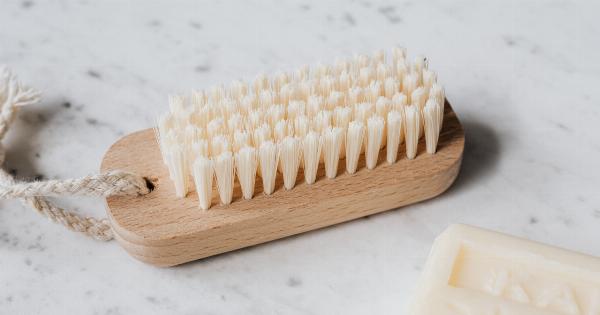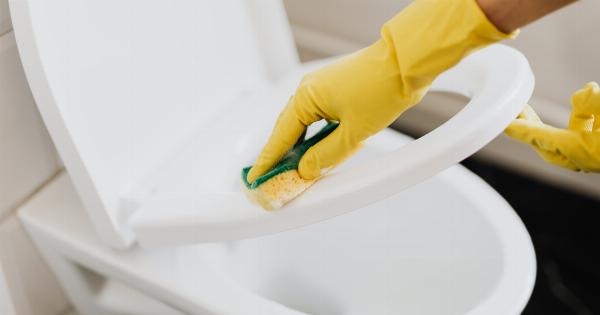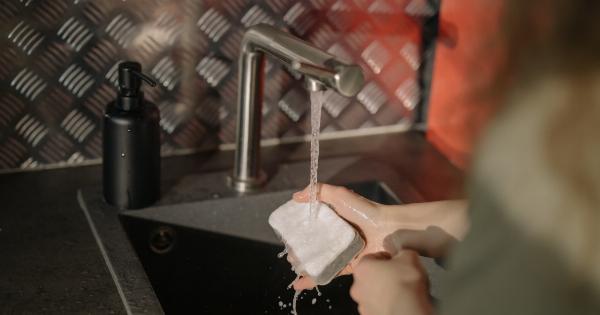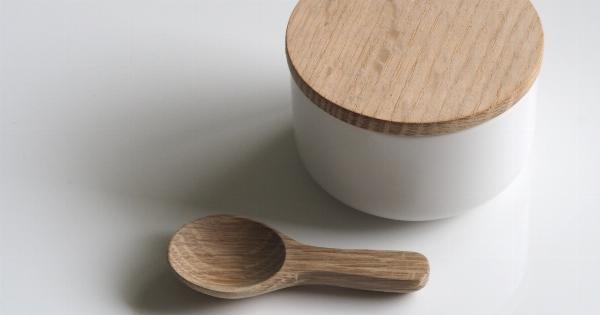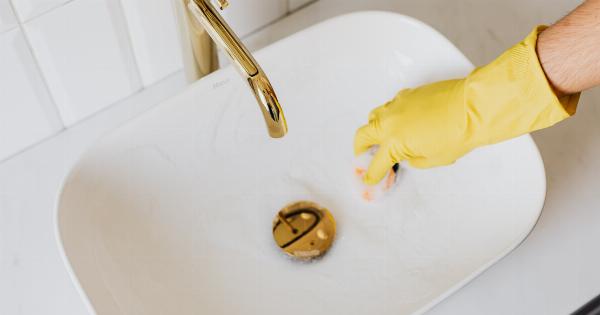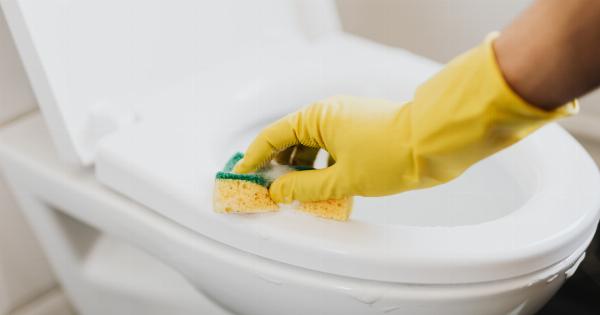When it comes to cleanliness, most of us believe that we maintain a relatively clean home. We sweep the floors, dust the surfaces, and scrub the toilets regularly.
However, there is one place in our homes that often goes unnoticed and uncleaned – and it happens to be the dirtiest thing in our homes. Can you guess what it is?.
The Kitchen Sponge
Yes, you read that right – the kitchen sponge! That seemingly innocent and useful tool we all have in our kitchens is actually one of the dirtiest items in our homes.
Research has shown that a kitchen sponge can harbor more bacteria than a toilet seat, and this is not something you would have expected!.
Bacteria Central
Scientists have revealed that the warm, moist environment of a kitchen sponge provides the perfect breeding ground for bacteria. Every time we use our sponge to wipe a dirty surface or clean a dish, we transfer bacteria onto it.
The sponge then becomes a cozy habitat for this bacteria to multiply rapidly.
Furthermore, certain bacteria, such as E. coli and salmonella, can survive on a kitchen sponge for several days, multiplying and potentially causing food poisoning or other illnesses.
These bacteria can be harmful to our health, especially if we use the contaminated sponge to clean our dishes, utensils, or countertops.
How to Keep Your Sponge Clean?
Now that we know how dirty kitchen sponges can be, it’s crucial to take measures to keep them clean. Here are a few tips:.
1. Regularly Sanitize Your Sponge
One of the best ways to kill bacteria on your sponge is by microwaving it. Simply wet the sponge and place it in the microwave for 2 minutes. The heat will kill most bacteria and make your sponge cleaner.
Be sure to let it cool down before removing it from the microwave, as it will be hot.
2. Replace Your Sponge Frequently
Even with regular sanitization, sponges have a lifespan. Experts recommend replacing your kitchen sponge every two weeks to ensure cleanliness.
If you notice any lingering odors or signs of wear and tear before that time, it’s best to replace it immediately.
3. Alternate Sponges
Using just one kitchen sponge for all your cleaning tasks can spread bacteria everywhere. By having separate sponges for different tasks, such as one for dishes and another for countertops, you reduce the chances of cross-contamination.
Alternating sponges also allows you to clean and dry them properly between uses.
4. Dry Your Sponge Properly
After using your sponge, ensure that you thoroughly rinse and wring it out. Bacteria thrive in moisture, so by keeping your sponge as dry as possible, you minimize the chances of bacterial growth.
You can place it in a holder that allows proper airflow or hang it to dry completely between uses.
5. Consider Alternatives
If you’re concerned about the bacteria buildup in kitchen sponges, you can explore alternative cleaning tools.
Dish brushes with replaceable heads or silicone scrubbers are great options that don’t harbor as much bacteria as traditional kitchen sponges. These alternatives are often easier to clean and sanitize as well.
Stay Clean, Stay Healthy!
Now that you’re aware of the dirtiest thing in your home, take proactive measures to keep your kitchen sponge clean and bacteria-free.
By following these simple tips, you can help prevent the spread of harmful bacteria and ensure a clean and healthy living environment for you and your family.










